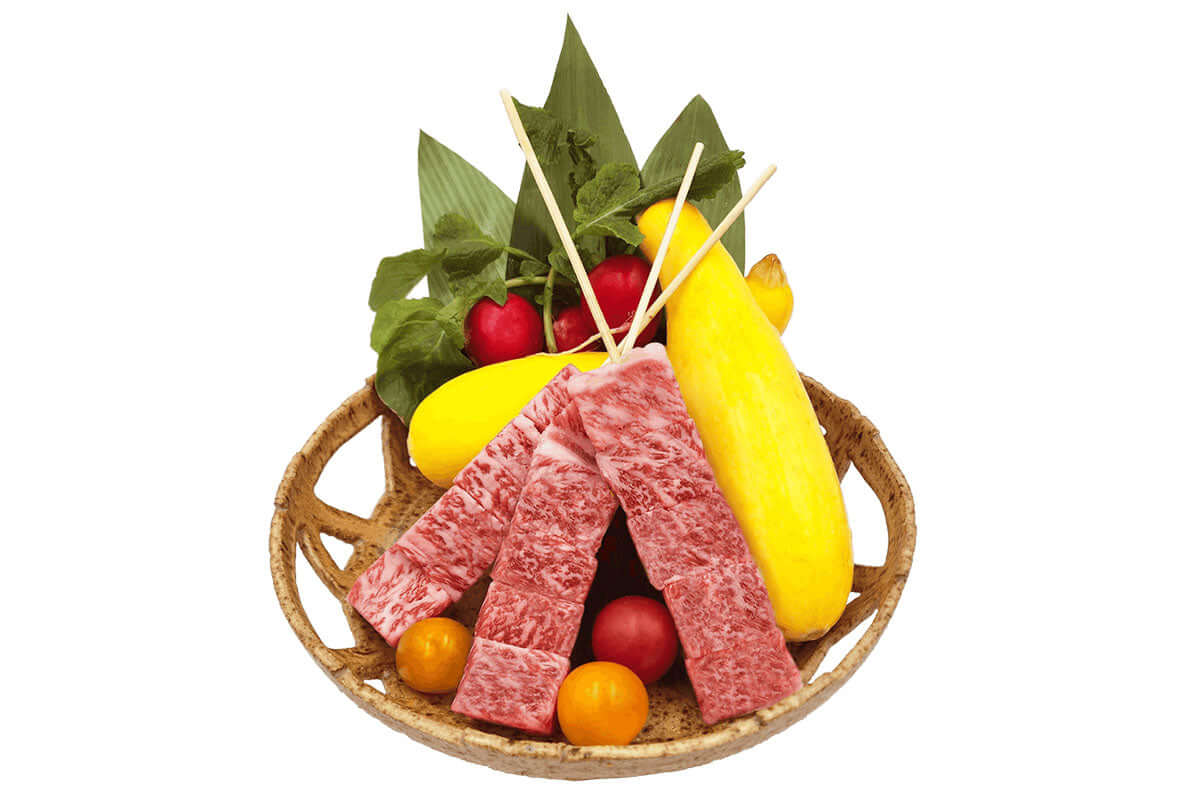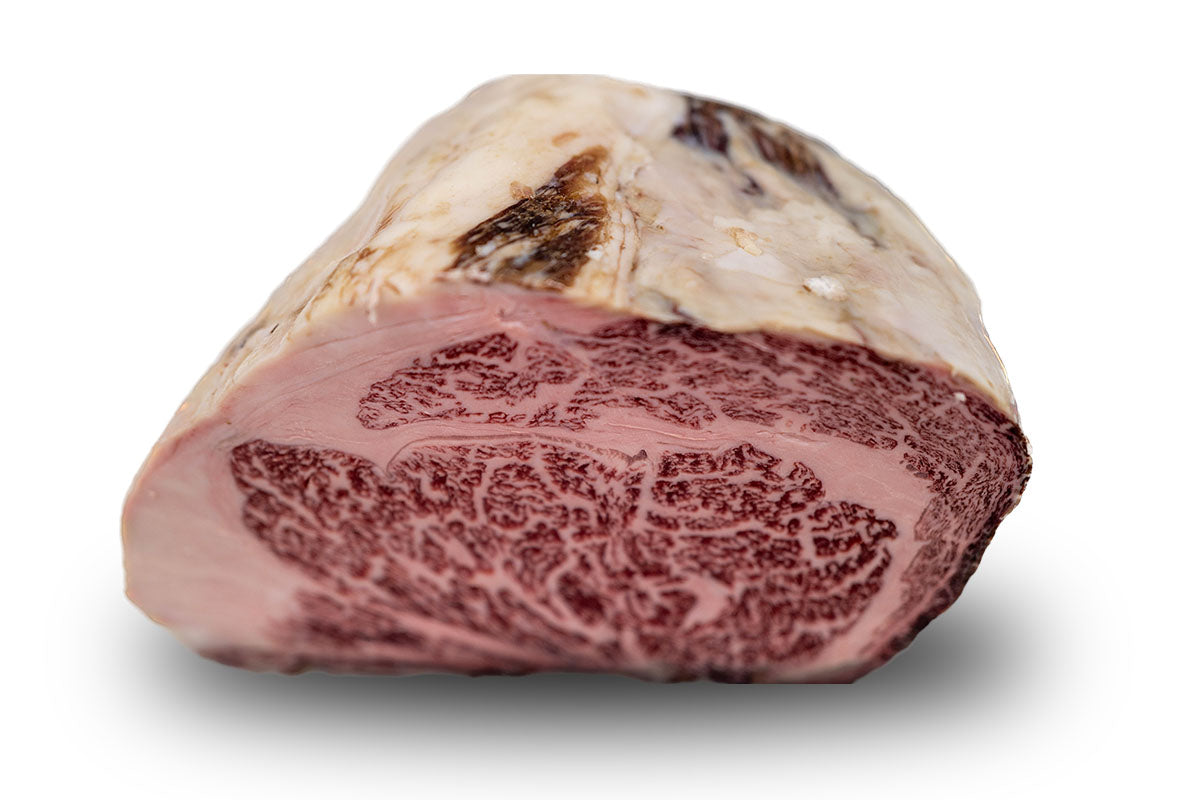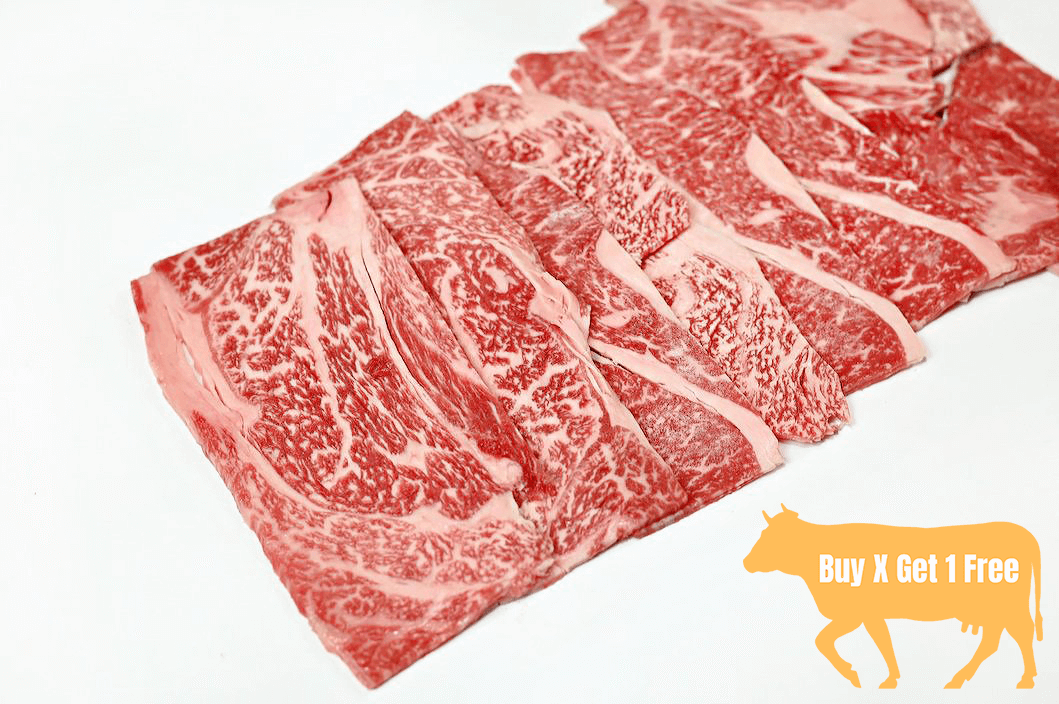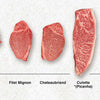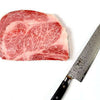How to Select Good Meat
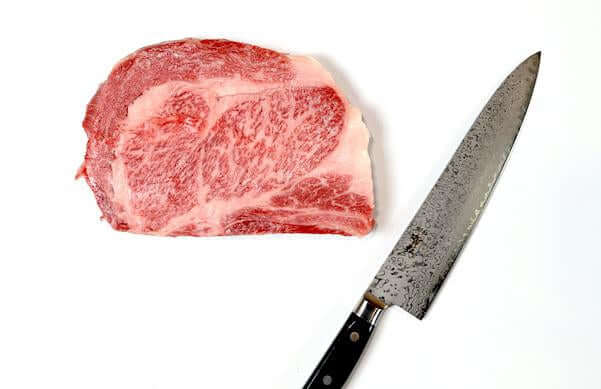
“The cheaper it is, the bigger portion!”
This is simply because there is no processing (butchering) cost involved. Also, the more trimmed, the more weight reduced, meaning the price per lb goes higher (but, Japanese Wagyu’s trimmings and fat can be greatly used for various dishes).
Thus, if you have basic knowledge how to cut and cook, you should think to select whole cut rather than butchered/sliced meats.
Tip for quality check:
- No liquid (red color)
This liquid is not blood, but is Umami of the meat
- Whitish or Salmon Pink color and No dry
Young cattle’s meats are more mild reddish color, while old cattle’s meats are blood red color. Also, in oxidizing, meat color becomes brownish.
- Whitish Fat
Wagyu’s Umami is more in fat. Good fat is whitish or milky white color, while bad fat is more yellowish color.
- Marbling with thin layer
Good quality meat has very thin marbling layers.
Also, fresh meat has color of borders between fat and lean meats clearer.

